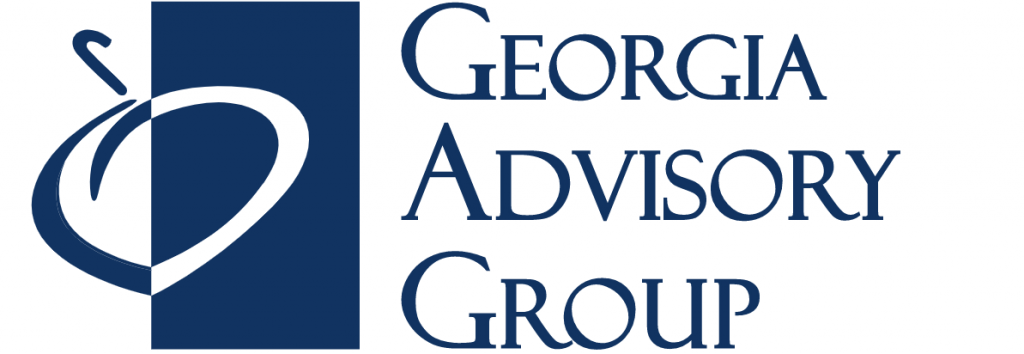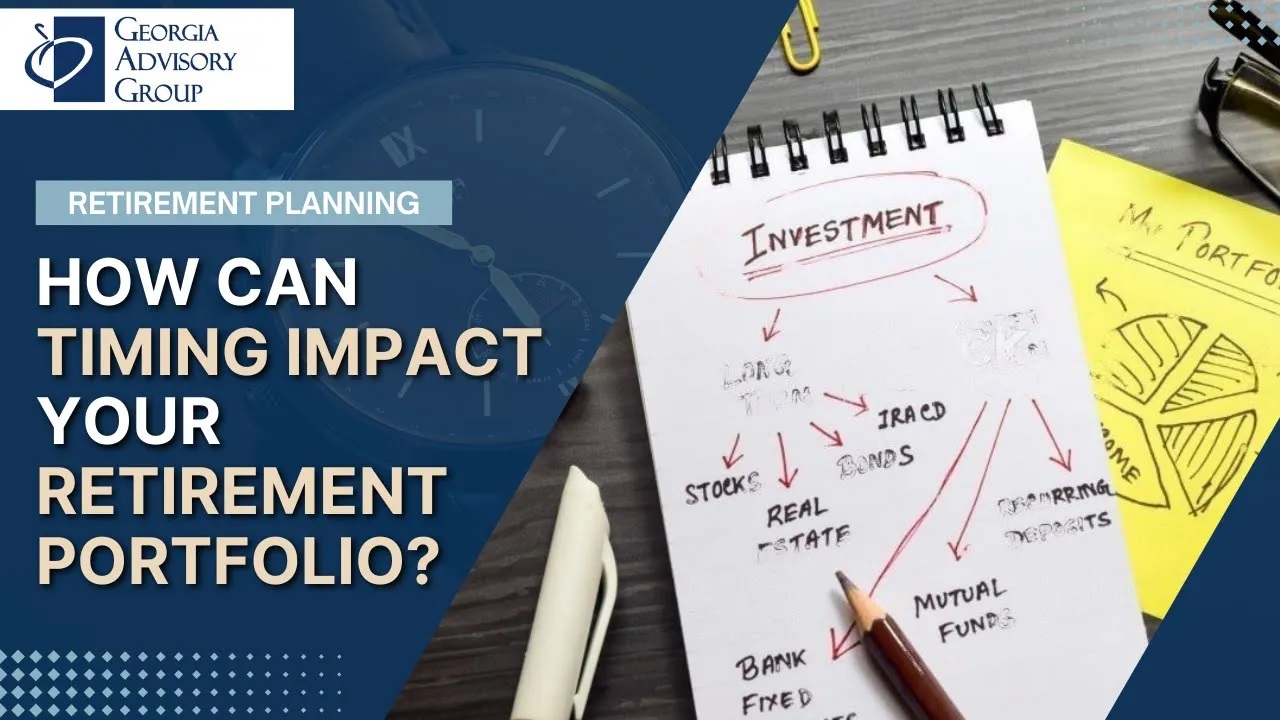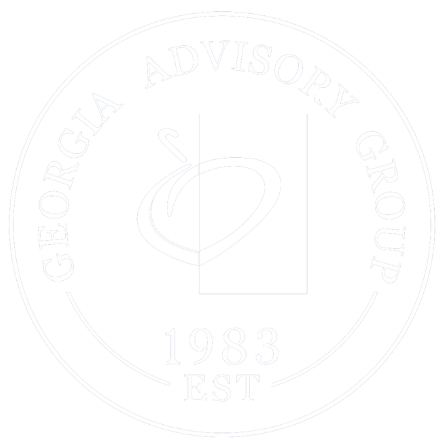What exactly is the sequence of returns and timing, and how can it impact my retirement portfolio in today’s market environment? Hello, my name is Dave Dooley, principal and lead advisor here at Georgia Advisory Group. I want to give you a real-life example of how the sequence of return risk can have a devastating impact during retirement or even leading up to retirement. The “sequence of returns risk” or “sequence risk” is the risk associated with the timing of distributions from investment accounts used for retirement income.
Negative market returns early in retirement can wreak havoc on how long your savings will last now. Listen to me carefully, the example I’m using today dates back to what was probably the worst and longest-lasting recession in the last 40 years, which lasted from 2000 to 2013. What I mean is that the SP 500 closed at 1455 in January 2000. It was not until March 2013 that we reached that number again.
Many people who are watching this have never experienced this type of flat market in their lifetimes, but are we in the early stages of that type of market today? That is the question, and this is exactly what we are trying to avoid at all costs. Big Brother has arrived. John and his younger sister Jill followed in their older brother’s footsteps, and at the beginning of each of their retirements, both had acquired one million dollars in total retirement assets.
They both plan to withdraw at the same rate with the same adjustment for inflation each year, but now that John is three years older, he began his withdrawals in 1996 at age 60. Jill turned 63 years old in 1999. and began her withdrawals at that time, but they both agreed to take a four percent withdrawal each year and adjust for three percent inflation each year, as shown here. in 1996 The market increased by 20% in John’s first year of withdrawals, and the next two years increased by 31% and 26%, respectively, for a great three-year start for John’s little sister Jill. She wasn’t as fortunate if she was younger and didn’t begin her withdrawals until 1999, and her first three years looked like this: in 2000, after the dot-com bubble bust, the market was down 10, in 2001, it was down 13, and in 2002, it was down 23, before it 20 years later for John and 17 years later for jail, John has a current account value of over 1.8 million dollars, and he’s taken in over 1.2 million in income over that time frame.
He’s averaged almost a nine percent return over the past 20 years, but little sister Jill has a whole other story on her hands. Her current balance in 2017 is down to $257, 000, a fraction of John’s portfolio, and she has taken in a little over a million dollars since she began in 1999. Her average return over 17 years was a little over six percent. Jill’s annual income was around $59, 000. so not much different from John, but the disparity between John and Jill is crazy.
They both began with the same amount of retirement money, one million dollars, and took the same withdrawal rate of four percent, but the fact that John retired only three years earlier and in an upmarket trend compared to Jill, who experienced her first three years in a market downturn, set the stage for a staggering outcome. John’s account in 2017 was up 89 percent from where it began, even after taking 1.2 million in withdrawals. Jill, on the other hand, is down 74% from her million-dollar retirement yesterday, and she’s now on the verge of running out of money in the next few years if the market doesn’t go her way. That, my friends, is sequence risk, and it’s not a good feeling.
The good news is that actively planning for a sequence of returns, which I can tell you firsthand having been a few this year for 40 years, makes a world of difference, today for the first time since listening You must understand the difference between having an investment advisor or a money manager and a retirement planner, one who takes a holistic approach to consider tax efficiency as well as the sequence of returns and lifetime income guarantees regardless of market conditions. Your 401K and IRA accounts require an income report review to see how to avoid these pitfalls, especially in today’s market environment.
Thank you for your time. If you enjoyed this content, click subscribe below and ring the bell so you’ll get notified when we post more videos like this in the future. The next video will be diving deep into how to be actively patient in today’s crazy market thanks to foreign investors.


